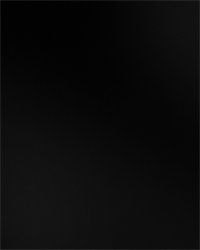jesper ulvelius
[all jesper ulvelius. top to bottom: untitled. 2006-7. the river. 2006. starship. 2008.]

Posted by
laurel
at
10:20 AM
![]()
Labels: 2000s, europe, jesper ulvelius, sweden
Posted by
laurel
at
9:59 AM
![]()
Labels: 2000s, andy freeberg, north america, typologies, usa
Posted by
laurel
at
7:32 AM
![]()
Labels: 2000s, books, europe, interview, katja mater, netherlands
Posted by
laurel
at
10:27 AM
![]()
Labels: 2000s, europe, iran, shirana shahbazi, switzerland
Posted by
laurel
at
8:33 AM
![]()
Labels: 2000s, china, wang qingsong
Posted by
laurel
at
7:32 AM
![]()
Labels: 2000s, advertising, hank willis thomas, north america, usa
Posted by
laurel
at
11:02 AM
![]()
Labels: 2000s, austria, europe, lois renner

Posted by
Asha
at
8:10 AM
![]()
Labels: archive, north america, usa
Posted by
laurel
at
9:01 AM
![]()
Labels: 1940s, japan, yamamoto kansuke
Posted by
laurel
at
8:31 AM
![]()
Labels: 2000s, collage, jessica williams, north america, usa
Posted by
laurel
at
10:14 AM
![]()
Labels: 2000s, books, nina katchadourian, north america, usa
Posted by
laurel
at
9:22 AM
![]()
Labels: 2000s, bart hess, europe, lucy mcrae, netherlands
Posted by
laurel
at
8:37 AM
![]()
Labels: 2000s, adam farcus, north america, usa
Posted by
laurel
at
9:53 AM
![]()
Labels: club internet, damon zucconi, exhibitions, harm van den dorpel, kari altmann
